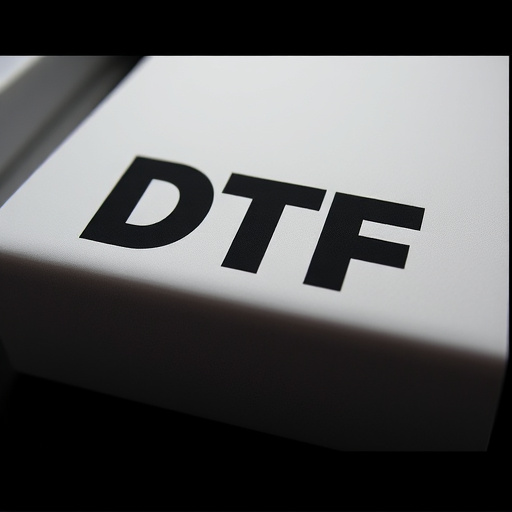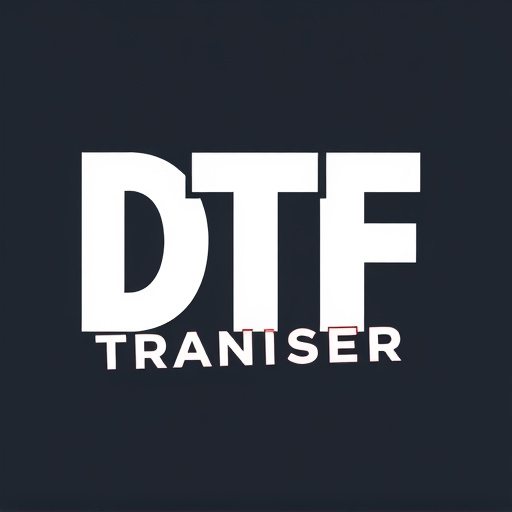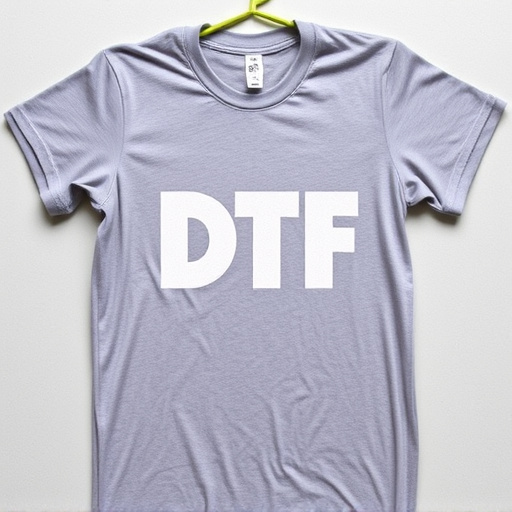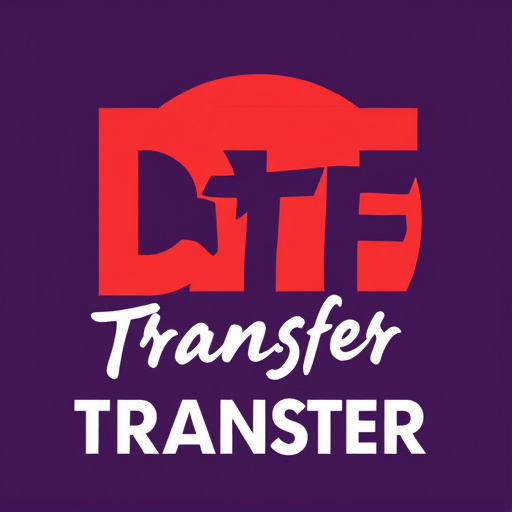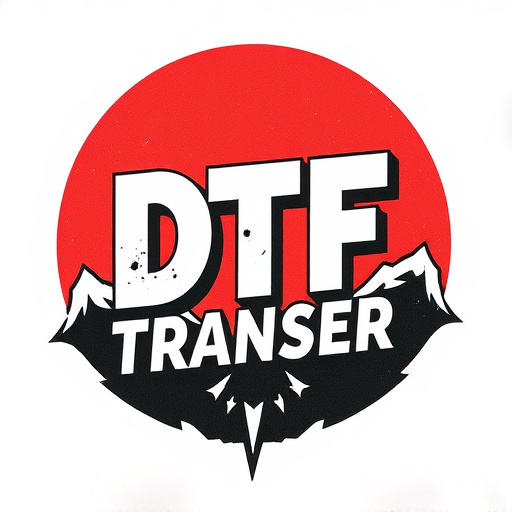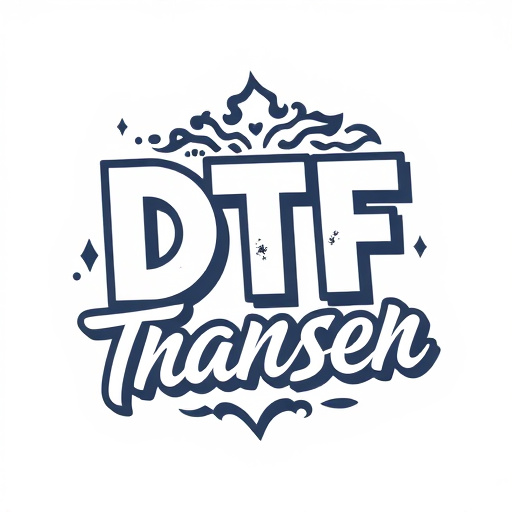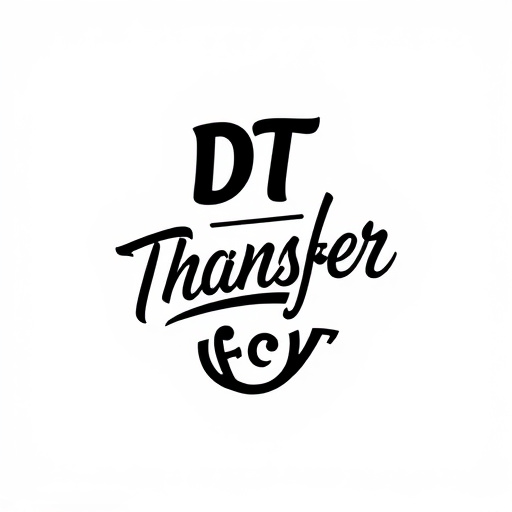Direct to Fabric (DTF) transfer technology is revolutionizing the printing industry with its flexibility and efficiency. DTF enables high-quality prints on diverse fabrics like cotton, polyester, and spandex by directly applying ink to the fabric surface, resulting in vibrant designs that maintain definition even under extreme stretching. Its benefits include streamlined production, reduced setup times, exceptional color accuracy, and durability, making it ideal for apparel, signage, upholstery, and custom home decor. DTF is particularly impactful in the garment industry, enhancing activewear and performance fabrics with durable, stretchable prints. The future of DTF holds promise with advancements in digital printing, precise details, and sustainable practices.
Flexible film transfers, such as DTF (Direct-to-Fabric) technology, are revolutionizing the garment industry by enabling stretchable prints on various fabrics. This innovative process allows designs to move and stretch with the fabric, enhancing comfort and style in clothing and accessories. DTF printing offers unparalleled design flexibility, allowing for complex patterns and vibrant colors that were once challenging to achieve. In this article, we explore the mechanics of DTF, its applications, benefits, and future trends shaping the industry.
- Understanding DTF Transfer Technology: A Revolution in Print Flexibility
- How DTF Works: Unlocking the Secrets of Stretchable Prints
- Applications: Where DTF Transfers Excel in the Garment Industry
- Benefits of DTF Printing: Enhancing Design Possibilities
- The Process: From Design to Final DTF Prints
- Future Prospects: Evolving Trends and Innovations in DTF Technology
Understanding DTF Transfer Technology: A Revolution in Print Flexibility
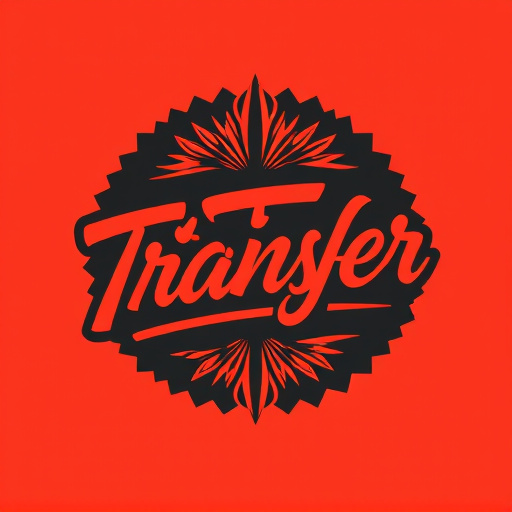
The world of printing has seen a significant revolution with the advent of Direct to Fabric (DTF) transfer technology. This innovative process allows for seamless integration of designs onto stretchy fabrics, marking a stark departure from traditional methods that often struggled with flexibility. DTF transfers are becoming increasingly popular due to their ability to produce high-quality prints on various materials, including cotton, polyester, and spandex. The technology involves applying ink directly onto the fabric surface, enabling the design to move and stretch along with the material without losing its vibrancy or definition.
DTF Printing offers a myriad of benefits for both manufacturers and designers. It eliminates the need for complex printing machinery and reduces setup times, making it an efficient choice for small-batch production and on-demand printing. Moreover, DTF prints boast exceptional color accuracy and detail retention, ensuring that designs appear just as intended, even under extreme stretch or movement. This technology is not only transforming the apparel industry but also finding applications in signage, upholstery, and custom home decor, where flexibility and durability are paramount.
How DTF Works: Unlocking the Secrets of Stretchable Prints
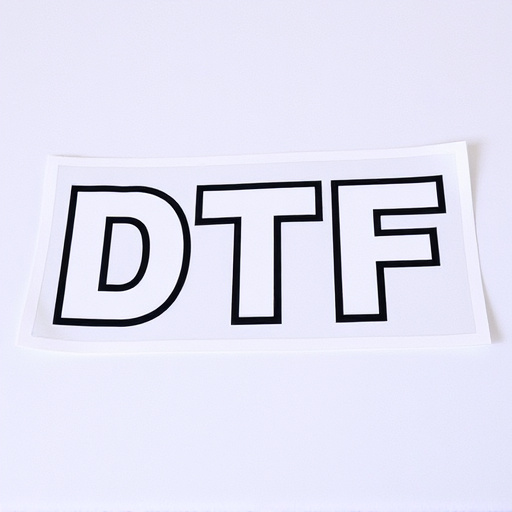
The world of print and fabric technology has seen a revolutionary shift with the advent of DTF (Direct to Fabric) transfers. This innovative process allows for stretchable prints, enabling designers to create dynamic and flexible designs on various materials, from clothing to home decor. DTF works by directly printing onto a special release paper that is then transferred onto the fabric. The magic happens when the heat is applied; the print releases from the paper, permanently bonding with the fabric’s fibers.
This technique offers unmatched versatility as it can handle fabrics’ natural stretch and movement without compromising the quality of the print. DTF Printing has opened doors for creative possibilities, especially in fashion and activewear, where designs need to keep up with the wearer’s every move. With its ability to produce vibrant, durable DTF prints, this technology is reshaping how we think about fabric design and customization.
Applications: Where DTF Transfers Excel in the Garment Industry
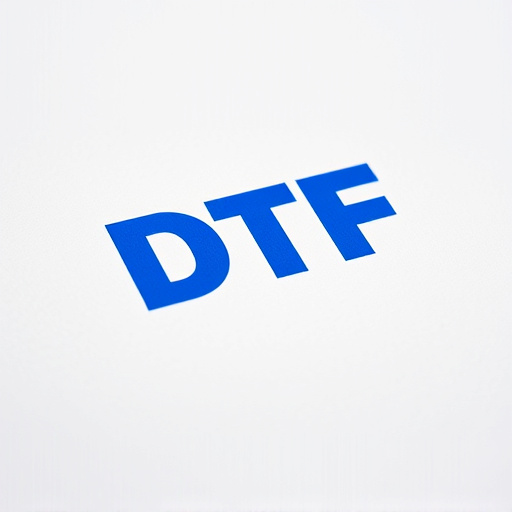
In the garment industry, flexible film transfers, or DTF (Direct to Film) transfers, are making waves due to their exceptional versatility and durability. These innovative printing techniques excel in creating vibrant and long-lasting DTF prints on a variety of stretchy fabrics, from athletic wear to activewear. The ability to print directly onto the fabric allows for intricate designs and detailed graphics that move seamlessly with the material, ensuring comfort and visual appeal during movement.
One of the key advantages of DTF transfers is their adaptability. They can be applied to various fabric types and textures, enabling brands to enhance their product offerings. Whether it’s a subtle logo or a bold graphic, DTF Transfer technology allows for precise placement and crisp, high-quality DTF prints, making garments stand out in a competitive market. This versatility has led to increased demand from fashion designers seeking unique and functional ways to brand their clothing lines.
Benefits of DTF Printing: Enhancing Design Possibilities
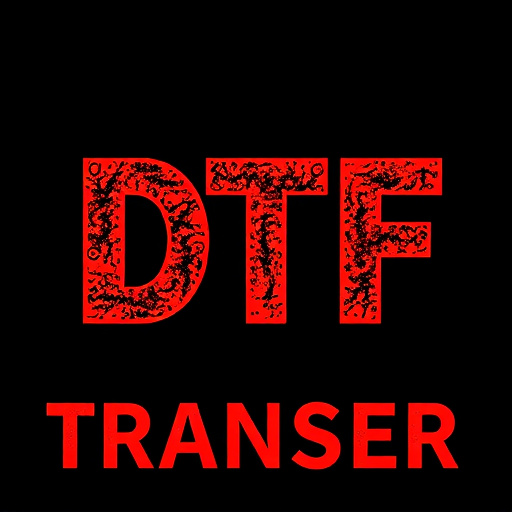
Flexible film transfers, like DTF (Direct to Fabric) Printing, are revolutionizing the way we approach fabric design. One of its key benefits is the immense enhancement it brings to design possibilities. With DTF, artists and designers can create intricate, vibrant prints that seamlessly move with stretchy fabrics, a capability not feasible with traditional methods. This innovation allows for detailed images and patterns to be directly applied to a variety of materials, from clothing to home decor, opening up a world of creative potential.
DTF Printing offers unparalleled versatility, enabling the production of unique, high-quality prints that adapt to the fabric’s stretch and movement. This technology is particularly advantageous for activewear, swimwear, and other performance fabrics where print integrity must withstand stretching and frequent washing. By embracing DTF Transfer, manufacturers can deliver products with striking visuals that not only look good but also maintain their vibrancy over time.
The Process: From Design to Final DTF Prints
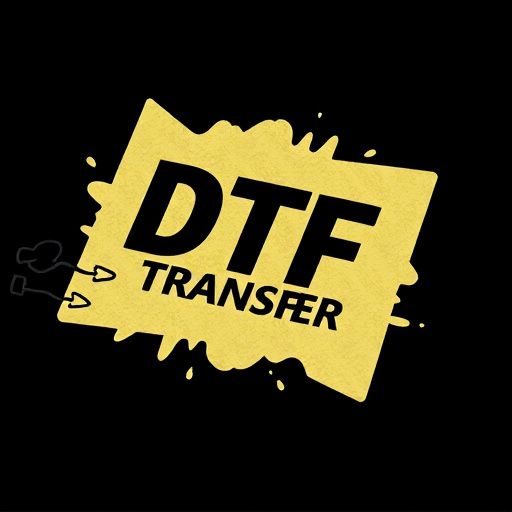
The journey of creating flexible film transfers that move with stretchy fabrics begins with a meticulous design process. Designers start by conceptualizing the desired pattern or image, considering the fabric’s stretch and movement to ensure a seamless fit. This involves intricate digital illustration and layout work, where each element is carefully arranged to adapt to various fabric configurations. Once the design is finalized, it undergoes a series of technical steps.
The chosen design is then prepared for DTF (Direct to Fabric) printing, a cutting-edge technique that allows for precise transfer of images onto fabrics. The design is digitally printed directly onto a special transfer film using high-resolution printers. This film acts as a temporary carrier for the image, enabling it to be applied to different fabric surfaces. After printing, skilled technicians carefully cut out the DTF transfers, ensuring precision and accuracy. The final step involves applying these transfers onto stretchy fabrics, where heat and pressure are used to fuse the image permanently, resulting in vibrant, stretchable DTF prints that enhance the fabric’s aesthetics and functionality.
Future Prospects: Evolving Trends and Innovations in DTF Technology

The future of Direct to Fabric (DTF) transfers is brimming with potential as technology continues to evolve and push the boundaries of what’s possible in textile printing. One prominent trend is the increasing demand for stretchable, flexible prints on fabrics, which has led to significant advancements in DTF technology. Manufacturers are now developing innovative solutions that enable high-quality, vibrant DTF prints even on stretchy materials like activewear and sports gear. This shift towards flexibility opens up a world of design possibilities, allowing brands to create unique, performance-driven apparel with visually appealing DTF transfers.
Looking ahead, the industry is poised for further disruptions, driven by advancements in printing techniques, ink formulations, and substrate compatibility. The integration of digital printing technologies, such as piezoelectric and thermal methods, promises faster production times and even more precise, detailed DTF transfers. Additionally, sustainable practices are at the forefront, encouraging the development of eco-friendly inks and water-based processes to reduce the environmental impact of DTF printing while maintaining exceptional quality.
